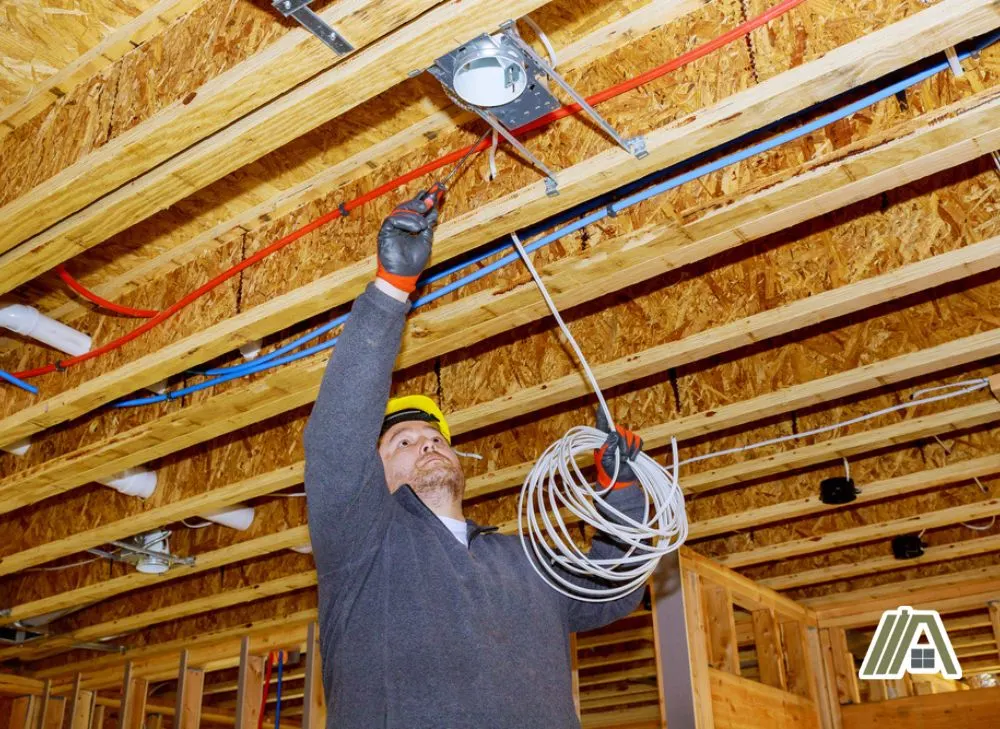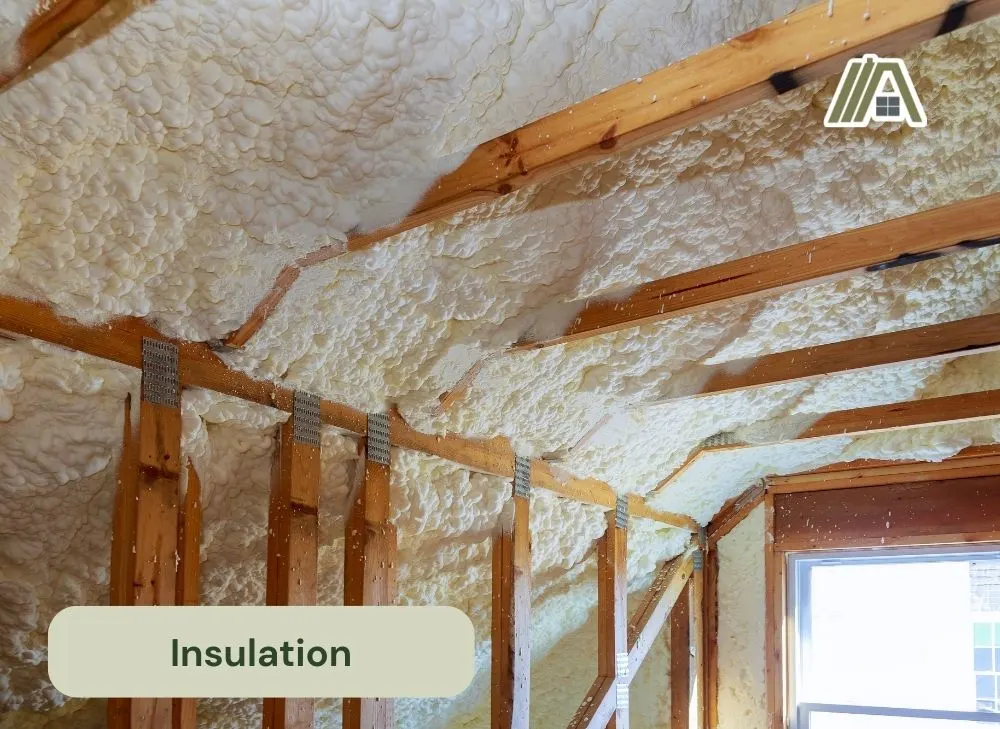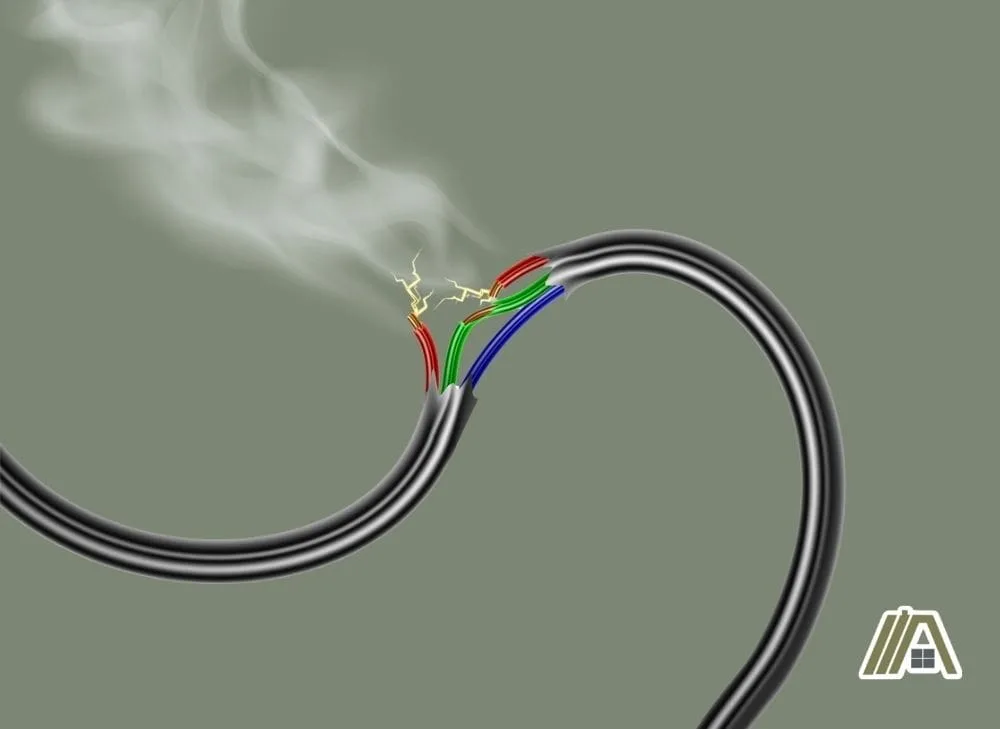I am always extra careful when it comes to electrical installations. There are plenty of rules to follow for code compliance, and it’s not just about where and how to lay the wiring and make the connections. You also have to consider all the installations that will be sharing a space with the electrical system.
We are looking at building and electrical codes for this topic since these are the main authorities. There isn’t much explicit information concerning whether you are or aren’t allowed to cover junction boxes with insulating materials. However, sometimes you must read between the lines to find your answers.

The IRC and NEC don’t expressly prohibit covering a junction box with insulation. However, they require junction boxes to be readily accessible without removing a permanent finish. In some cases, insulation might classify as such. Consulting a local professional is highly recommended.
Code Doesn’t Prohibit Covering With Insulation
Neither the International Residential Code (IRC) nor the National Electrical Code (NEC) expressly prohibits covering your junction box with insulation.
We refer to the IRC and NEC because they provide standardized building and appliance requirements and installation procedures with the aim of keeping you and your home safe.
These regulations come from professional and topical expertise, so many states have adopted the codes into local legislation.
Recommendation: Check With Local Authorities
I advise that you check with local authorities like electricians and home inspectors. These professionals are well-versed in what you can and shouldn’t do with items like junction boxes, what is safe and practical, and what some/most inspectors may not be happy to find.

Most importantly, they will be able to provide you with this information in line with local coding.
When it comes to the regulatory codes, many states make amendments to the more generalized standards and codes to better suit their preferences or needs. Checking that your local codes don’t forbid a junction box to be covered by insulation will cover your bases.
You don’t even have to call them out. Many electricians and the like will be happy to answer your question if you just call them.
NEC Requires Junction Boxes to Be Accessible
Part I. General of the NEC and Section E3905.10 of the IRC require your junction box to be accessible. But what counts as accessible?
Accessibility in this context means you shouldn’t have to remove any permanent fitting, fixture, component of another device/appliance (e.g., a duct), or any finish to your home in order to get to the junction box.
Accessibility also means you should never have to remove part of the structure (e.g., walling) to reach the junction box.
Not only does this access apply to the junction box, but you must be able to get to the wires within the box easily.
Now, I would like to point out that insulation is a finish. Since junction boxes are not permitted to be enclosed in a permanent finish, there is a type of insulation that is not viable for the box.
Spray foam insulation is applied as a permanent feature, not moveable or easily removable like other insulation.

You might also want to keep loose-fill away from the area since it will make working with the box challenging. However, because you can just scrape it to the sides, it does not count as a permanent finish.
The fact that you might need to remove staples to get past batt insulation could also be a problem. Or it could be viewed as an easy and allowable task. This is why you need to consult a professional.
Why Junction Box Must Be Accessible
If you are wondering why a junction box needs to be readily accessible, let’s look at one of the primary aims of the codes: keeping you safe.
A junction box is used for housing the wiring of light fittings or ceiling fans (also called a ceiling fan box) or for containing any point where multiple wires are joined. They are designed to protect wires and support these fittings, appliances, and connections.
Wiring needs to be maintained, and it needs to be easy to inspect and test the connections and cables within the box. Damaged wires and improper connections are a fast track to trouble.
First, you have the risk of fires from the electricity that is not contained in the cables. When electricity is not channeled into, say, a light and/or fan for kinetic energy, it comes out of the cable as heat. Heat and sparking can cause electrical fires.

Secondly, wiring must be maintained to keep appliances and circuits in good working order.
To give you an example of how important this is, here are some of the problems that fans can have, all of which can originate from the wiring box:
- not working on all speeds
- overheating
- humming
- turning on and off by itself
- not reversing direction
- flickering ceiling fan light because of the socket wiring
- fan won’t turn off
- ceiling fan light isn’t coming on or is dim
- noises at low or high speed
All of these potential issues require access to the box.
Sources
https://neca-neis.org/safety-and-the-nec
https://professional-electrician.com/features/what-is-accessible-in-bs-7671/
https://www.nfpa.org/nec/nec-adoption-and-use/nec-adoption-maps
